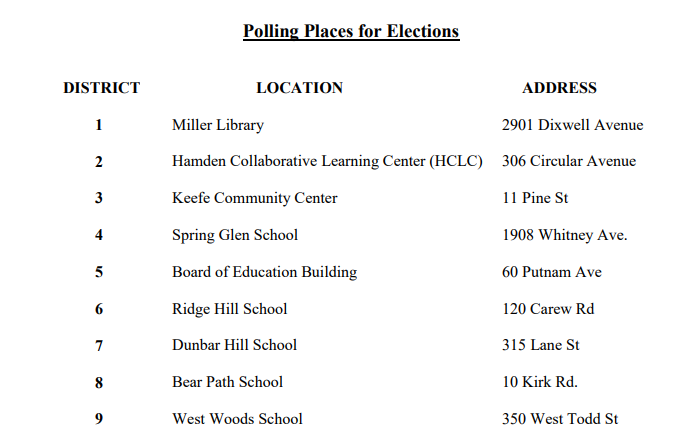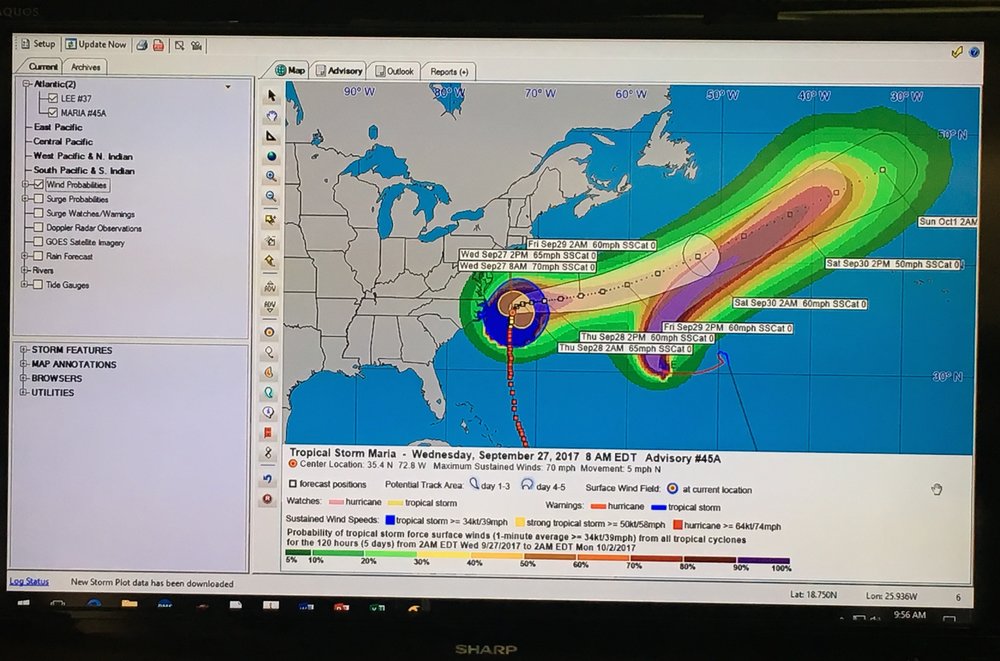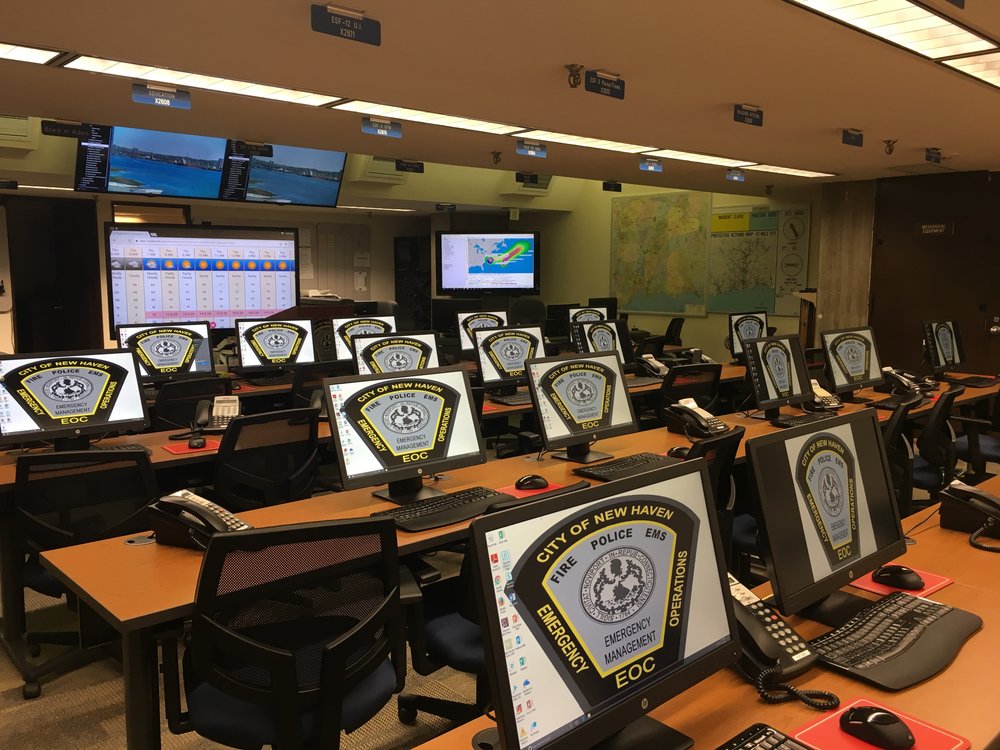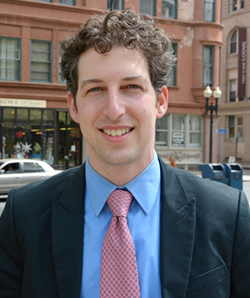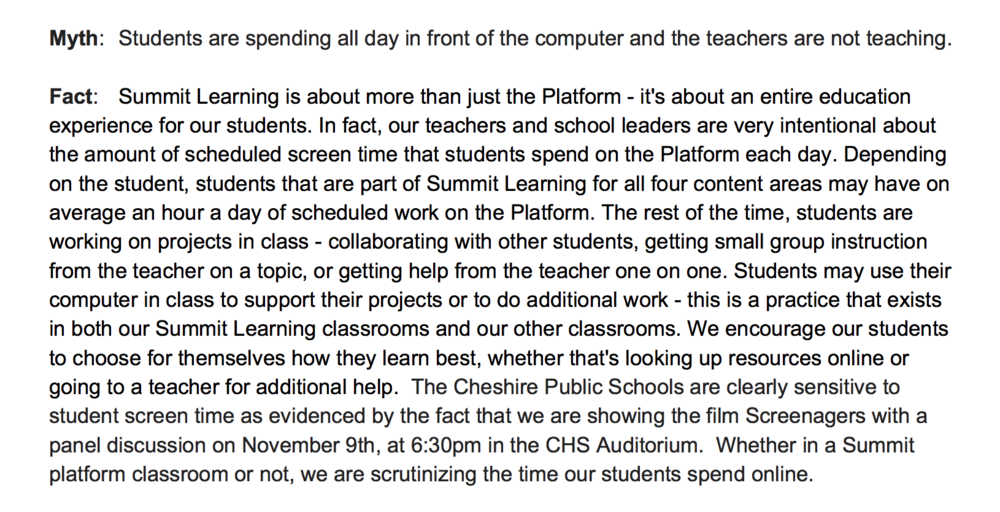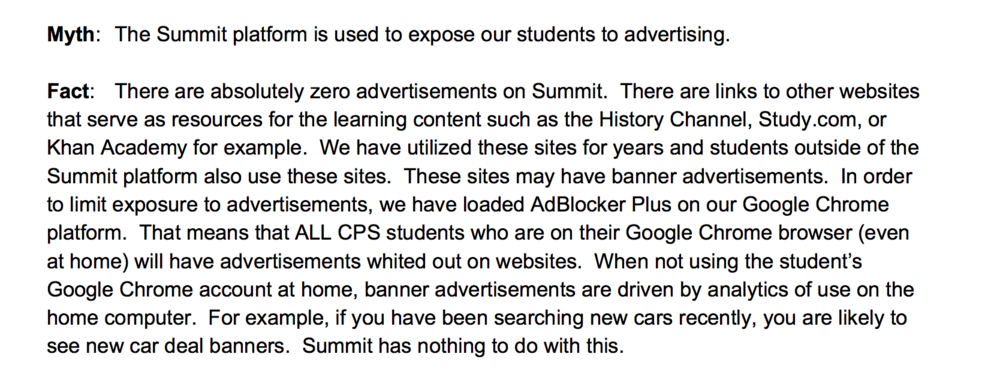By Ryan Chichester
On May 10, 2016, the life of Hamden resident Sue Higgins changed forever. She received news that she prayed would never come, but always lingered as a harsh possibility, like a dark cloud hovering over her suburban household. No one wants to believe a family member can be lost to drug addiction, but Higgins was faced with that devastating reality when her son Jack passed away at age 23 after a long fight with heroin addiction.

Jack Higgins passed away from an accidental overdose at age 23
Jack Higgins is one of many victims of accidental overdoses as a result of drug addiction, and is part of a number that is growing at an alarming rate in Hamden and other neighboring towns. However, thanks to his determined mother, Jack will never be confined to a statistic. His memory lives on with every bit of light that is shined on his story, now told through his healing parent. Sue Higgins refuses to hide her truth, because there is no shame to that truth. There is only the possibility to help other parents avoid her tragedy, and be spared the excruciating pain she endures every day.
“Shortly after Jack passed, I was seeing a doctor to help me grieve, the same doctor who Jack used to talk to,” Higgins remembered. “The day after Jack passed, he told me to turn my pain into passion, and turn it into something positive. That really stuck with me.”
Higgins’ passion is centered around a determination to get the word out to Hamden residents about the fatal nature of addiction, and how nobody is immune to its effects, regardless of how much they try to avoid it.
“The challenge is getting people to realize that it can happen to you,” Higgins explained. “But it’s everywhere, and kids are dropping like flies.”
The numbers support Higgins’ statement. Drug overdoses claimed just one Hamden resident from January to June of 2015. It has claimed seven in that window of time in 2017, according to the Office of the Chief Medical Examiner. The rise of opioid abuse in Connecticut has led many addicts to heroin, a cheaper and more potent drug than what they can find in a prescription bottle. Heroin alone claimed 174 lives in the state of Connecticut in 2016. Based on the numbers so far this year, the projected number of deaths by year’s end is currently 516.
Despite the staggering numbers and reports, Higgins insists there is a deathly silence over Hamden, and a reluctance to spread the word. Why is such a serious and dangerous issue not being addressed more openly?
“People just think it will never happen to them,” Higgins responded.
It happened to Higgins, who faced a crossroads after burying her only son at far too young an age. She wanted no parent to have to feel that pain. So she took her doctor’s advice and decided to do something about it.

Higgins family, left to right. Jack, sister Courtney, Sue and her husband John
Higgins began leading panels and forums throughout Hamden to warn parents and family members of the dangers of addiction, taking meetings into places like Hamden Town Hall and Hamden Middle School. She has met multiple times with Hamden Mayor Curt Leng and Chief of Police Thomas Wydra to help spread the word to kids and their family members. Higgins believes awareness needs to be spread beyond just the suffering addicts.
“It’s a family disease,” Higgins said. “And it can take you down pretty quickly.”
Higgins has gotten to work quickly, picking up the pieces and putting panels together just a year after Jack’s death. Despite her painstaking efforts and honesty, many of her words are falling on deaf ears, or absent ones.
“I personally went and taped informational signs everywhere, and it was on the Facebook page for the town,” Higgins said about a panel she put together at Hamden Middle School. “I would say probably about 75 or 80 people showed up, half of whom were my friends there to support me, the other half were my partner Margerie’s friends. That’s it.”
Despite the disappointing attendance, Higgins organized another panel to speak at Hamden High School shortly after. Once again, she posted signs and sent out notices of the meeting in school progress reports and report cards. There would be a morning session to speak to the kids about the dangers of using, and an evening panel for the parents. Not one parent showed up.
“Getting the attention of other adults has proven to be very challenging,” Higgins said. “Everybody wants to read the paper and see it on the news, but how many people actually want to take the time and listen? I don’t know how else to get people’s attention. In my own experience, people say it’s a disease but don’t understand how easy it is to become addicted.”
Higgins isn’t alone in her fight to open the eyes of the public to what they are reluctant to look at. Hamden resident Maxine Wallace wrote a letter to the editor in the New Haven Register to try and spread the word about Nar-Anon, a private group designed for family members of addicts who are hurting due to the loss of a loved one or the damage caused by a using addict. Like Higgins, Wallace sees a resistance in coming to terms with the true nature of addiction.
“Nobody talks about it,” Wallace said. “It’s such a hidden secret. Nobody knows that your neighbor is going through the same crap that you’re going through. If only people would just talk about it instead of it being a stigma and thinking something is wrong with you.”

Nar-Anon is a private organization that offers help for family members affected by the destruction of addiction
Wallace uses Nar-Anon as a way to help family members achieve the same freedom she experiences in the program. Her husband and brother have both been sober for over a decade, but the freedom she experienced has been through opening up to others and acknowledging her truth. It is a relief that Higgins is able to share through accepting her situation and using it as a vessel to help others, as long as others are open to accepting it.
“I remember when Jack was alive and in school, going into Stop and Shop I wanted to wear a mustache and glasses,” Higgins remembered. “Now I don’t care. There is no stigma. I learned through this experience that every family has something in which they’re a little embarrassed, but some people don’t want to talk about it and others do.”
Higgins can relate to the hesitation for families to open up about their struggles. There has been a stigma of shame wrapped around addiction for years, and getting the conversation started is a difficult task. Higgins empathizes with the fear and embarrassment, but has broken through her own fearful restraints for the greater good.
“I am very open and honest about it,” Higgins said of her grieving journey. “It’s a disservice to Jack to lie about it.”
The strength of Higgins to use the most painful experience of her life for the benefit of others has captivated those around her, particularly those who watch her work tirelessly to do her part to end addiction in Hamden.
“She is a powerful vehicle to the message,” said Ana Gopoian, who is over two decades into sobriety herself and has spoken on two different panels with Higgins. “She lost Jack, and to keep his memory alive, you have to give it a purpose. He didn’t pass in vain.”
The duo of Higgins and Gopoian present multiple perspectives on the effects of addiction, from the pain of family members watching their loved one self-destruct to the addict themselves who can’t stop using, despite the best of intentions. Gopoian believes their struggle can help others avoid their own in the future.
“Experience is where we can change the stigma of addiction,” Gopoian said. “People with these experiences help create smarter people.”
Gopoian has joined Higgins on panels around Hamden, including their appearance at Hopkins school, while Higgins has joined Gopoian on her own program, “The Paraphernalia Project.” The movement is Gopoian’s effort to alert parents and family members of signs to look out for that may tip them off to drug use by their kids.
“The project is meant for adults, teachers and officers,” Gopoian explained. “When parents are knowledgeable of red flags, they can intervene.”
Higgins was eager to jump on board with Gopoian’s project, and echoes her statement on the importance of family knowledge.
“Parents need to be aware of the signs and red flags,” Higgins added. “They need to know what tiny pupils are, and things that are so obvious but you don’t want to see them.”
Hamden, Connecticut and cities throughout the United States are in the midst of a deadly epidemic when it comes to heroin and opioids, and concerned citizens like Higgins are fighting hard to make others aware of the warning signs of drug use before it’s too late. An added danger with heroin use has been the recent introduction of fentanyl, a powerful opioid that is normally used in a patch to apply to the body to manage pain. However, heroin is now being laced with fentanyl for added potency, and leading to deadly results.
According to the Connecticut Chief Medical Examiner, there was one overdose death in Connecticut in 2012 in which heroin and fentanyl was in the victim’s system. Given the current pace of related deaths this year, 2017 is projected to end with 354 deaths within Connecticut as a result of this lethal mixture.

Many parents who have lost children to overdoses due to laced heroin have been calling for heavier sentences for the dealers who distribute those drugs. Higgins wasn’t pleased with the outcome of the case that involved the loss of her son, but other factors interfered with Jack’s dealer getting a harsher sentence.
“The kid who sold the drugs to my son got 18 months in jail,” Higgins says. “Is that enough? No, but in this case my son had other drugs in his system and it couldn’t be proven which one killed him.”
It was reported that Jack Higgins had heroin, cocaine and Xanax (or alprazolam) in his system on the day of his untimely death. It’s hard to prove the other drugs were mixed in with whatever heroin he purchased, so his dealer was sentenced to a time in jail that seemed to be more of a slap in the wrist than a punishment fitting of the crime, according to Higgins.
“I feel like whoever is dealing drugs needs to have maybe a mandatory sentence,” Higgins said. “It’s too light. There was just something in the paper yesterday about a couple dealers in Hamden who were out on a $10,000 and $20,000 bond. Any drug dealer worth their weight in salt is going to have that much money under their bed.”
Helping Higgins through the court proceedings after Jack’s death was Ines Cenatiempo, victim-witness coordinator for the Connecticut Department of Justice. Cenatiempo has worked with countless families looking for justice in the past, but the Higgins family had a lasting impact on her.
“Ms. Higgins and her husband were wonderful to work with,” Cenatiempo said. “I wish I did not have to meet them under such tragic circumstances, but despite the loss of their son, they were both passionate about being involved in outreach and awareness concerning the opioid crisis. I admire them for the courage it takes to keep going, and to speak out about this epidemic.”
Cenatiempo runs panels of her own which seek to shine a light on the horrors that addiction wreaks on families, and has hosted one in Hamden. She asked Higgins to speak for her group, but it came at a time that Higgins was not ready to speak about her tragedy in public. Cenatiempo hosts such panels not just because it is part of her job description, but she also is a primary witness to the alarming trend that is happening around her.
“I have worked on almost every overdose case our office has prosecuted, which is over 100 cases,” Cenatiempo said. “The past two years have seen a dramatic increase in these types of cases.”
As the fatalities continue to rise, the battle in Hamden rages on for Higgins. Despite a lack of attendance at her previous panels, she still continues to hold these types of meetings . As she struggles to find a niche that will attract parents to learn about this fatal issue, she continues to work to give herself a sense of helpful purpose.
“I just don’t want it to be my identity,” Higgins says. “I don’t want to be seen as that woman who lost her son. I want to be the woman that lost her son and is fighting really hard to raise awareness and wake people up.”

Painting of Jack Higgins, which is displayed in the Higgins household to keep his memory alive
Jack’s memory is everywhere in the Higgins household. His friends still come to visit regularly and check on the family. His pictures are littered about the house, bringing a warm smile to Higgins’ face every time she walks by. She remembers the good times with her son, but is also reminded of his painful truth. She stumbled across 10 bags of heroin while retrieving something from Jack’s room just weeks ago, now almost a year and a half since his passing. The reminders are not a reason to be ashamed. For Higgins, it is a reason to emerge from the shadows of addiction and spread the word so it doesn’t have to devastate another Hamden family.









